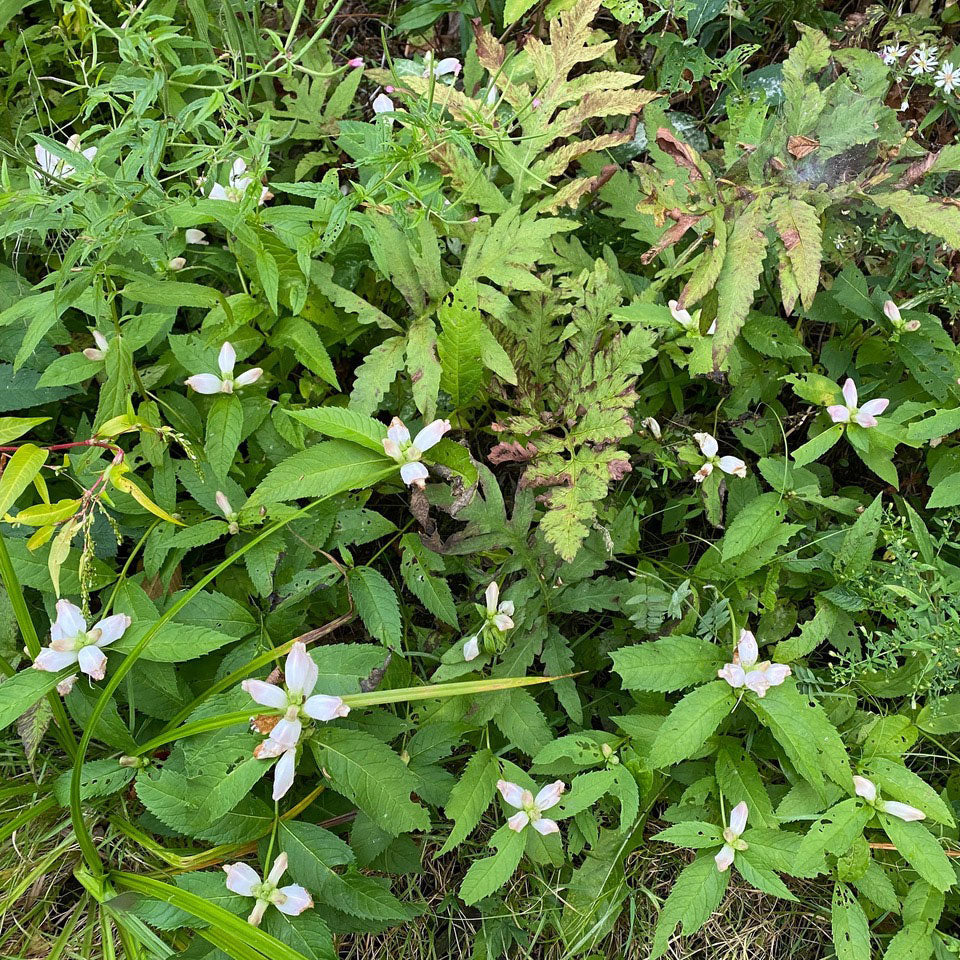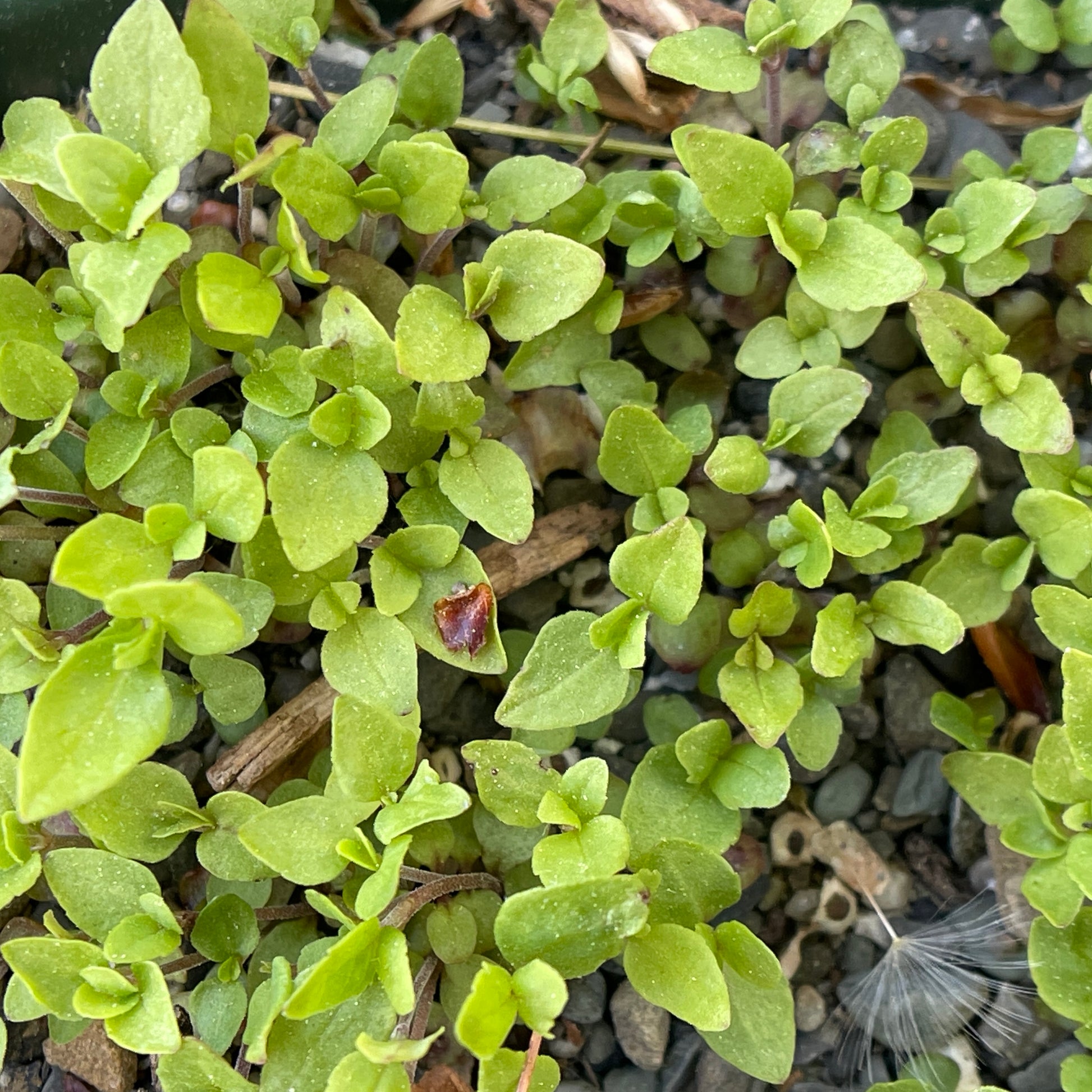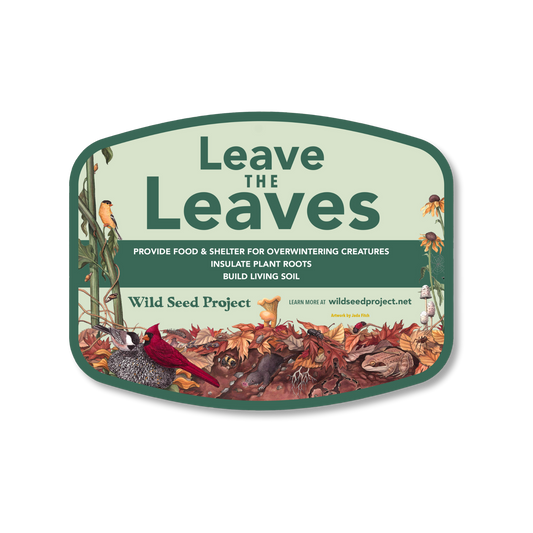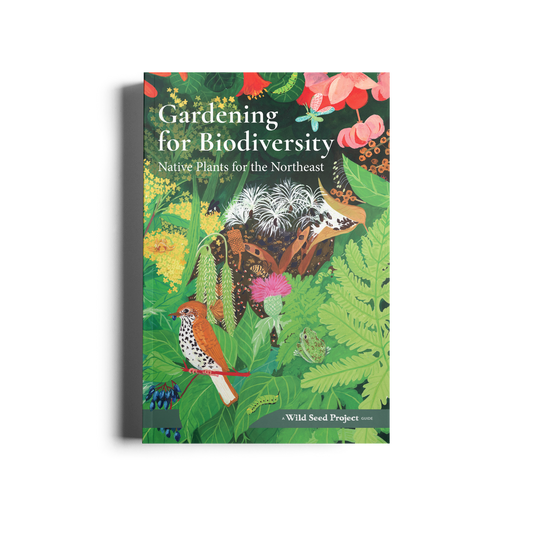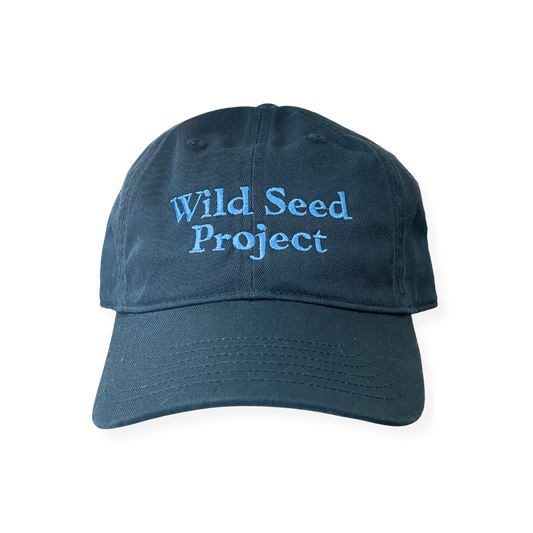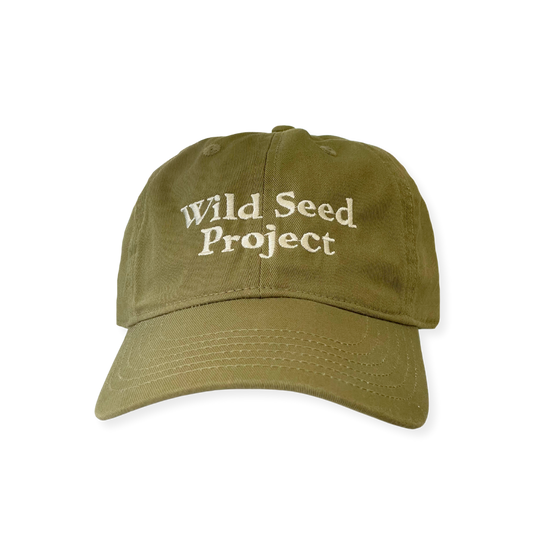White turtlehead (Chelone glabra) Seeds
White turtlehead (Chelone glabra) Seeds
Out of stock
Couldn't load pickup availability
In late summer, patches of dark green foliage are topped with creamy white 1 inch-long flowers that look like a turtle’s head. Bumblebees squeeze their head into the “lips” to sip nectar and pollinate the flowers. Hummingbirds also visit its flowers. It is a host plant for several species of butterfly. A great late summer addition to a native landscape. Creeps slowly from the roots to make patches.
Native to Maine: Yes
Growing conditions: Part to full shade in moist to wet soil
Grows up to: 1-3'
Blooms: In late summer
Pairs well with: Golden Alexander, blue iris, blue lobelia, New England aster, and New York ironweed
Natural habitat: Moist to wet meadows, thickets, and wooded streamsides
Seeds per packet: 50
These seeds require a cold period to germinate - a minimum of 90 days below 40°F in moist soil (or sand or vermiculite). Sow outdoors in pots November through February. A great species for beginner seed-sowers.

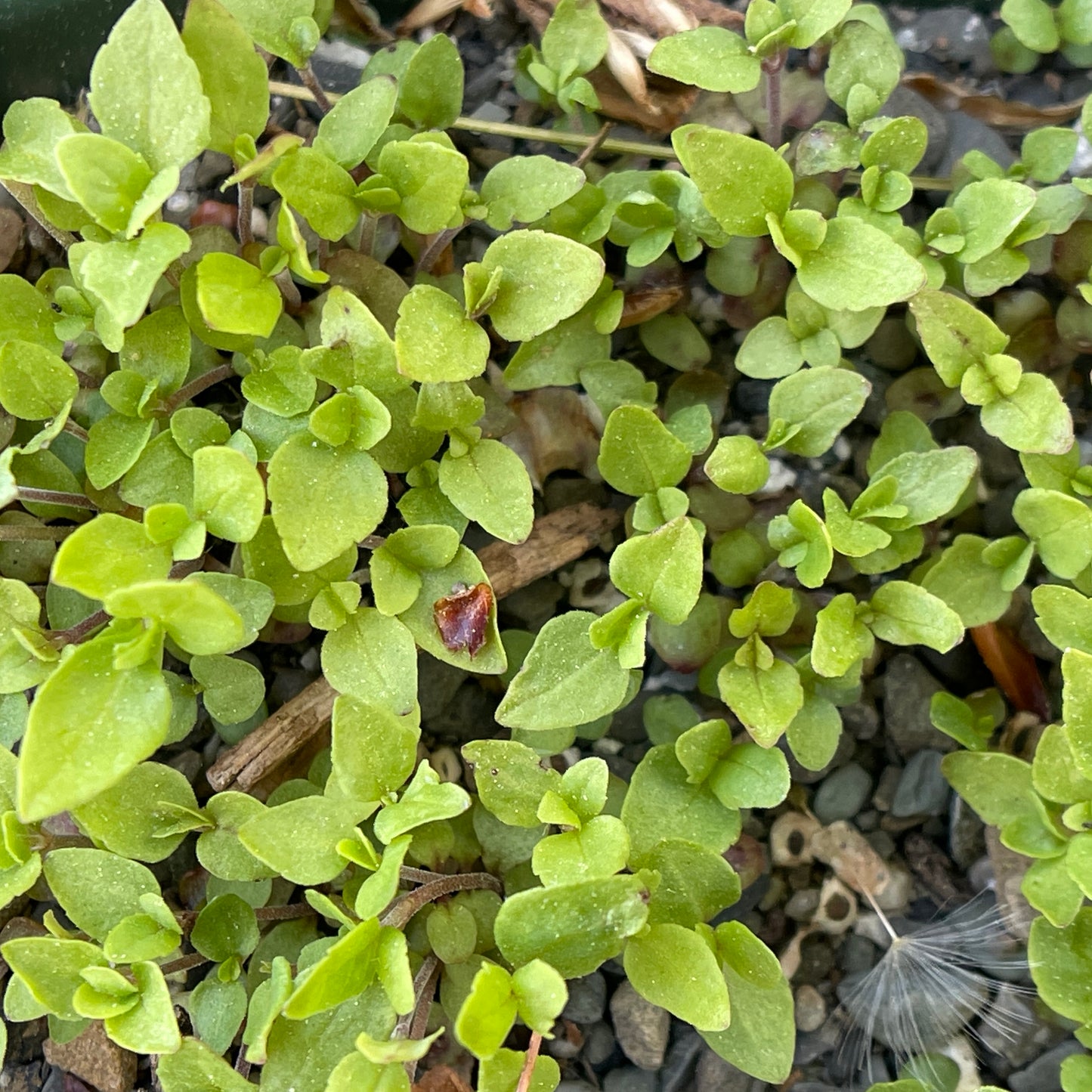
More from Wild Seed Project
-
Leave the Leaves Yard Sign
Regular price $ 23.80 USDRegular priceUnit price / per$ 28.00 USDSale price $ 23.80 USDSale -
Gardening for Biodiversity: Native Plants for the Northeast
Regular price $ 22.00 USDRegular priceUnit price / per -
Classic Logo Hat in Blue
Regular price $ 26.00 USDRegular priceUnit price / per$ 30.00 USDSale price $ 26.00 USDSale -
Classic Logo Hat in Moss
Regular price $ 26.00 USDRegular priceUnit price / per$ 30.00 USDSale price $ 26.00 USDSale
